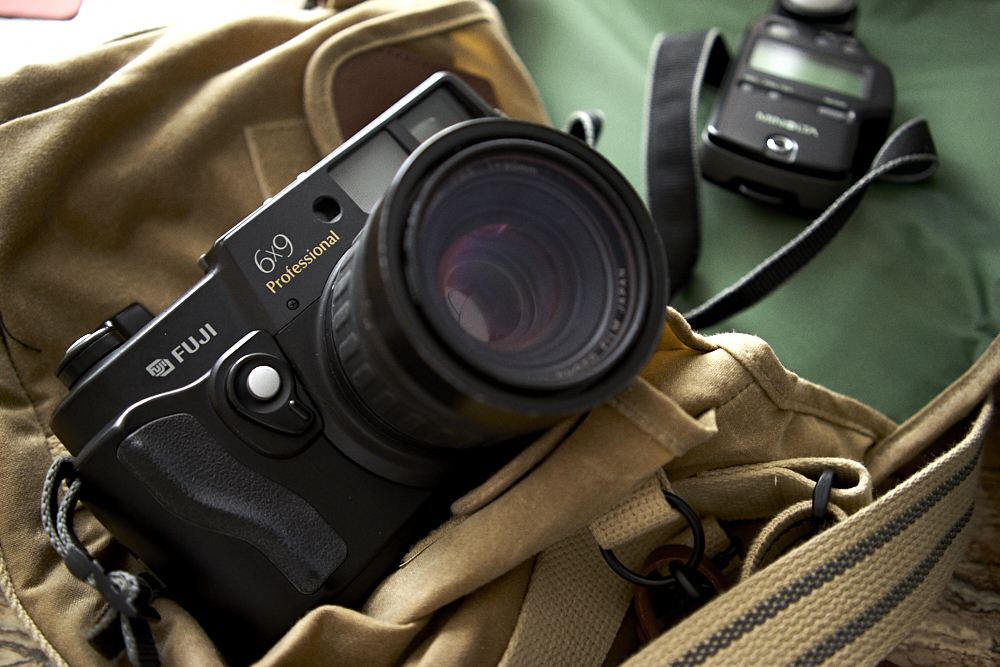If you’re looking to get larger images with medium format film, these 6×9 format cameras are some of your best options.
One reason why 120 film is a medium loved by many is the versatility offered by its different frame sizes. Some photographers prefer the 6×7 format because it’s only slightly larger than the 6×6 format and prints nearly exactly to 8×10 paper. Others go for the 6×9 because it has the same aspect ratio as the frame of 35mm film. So, if you need both the extra resolution and a wider area for your photos, this medium format frame size may be for you. If you’ve already decided to make the shift, we have a bunch of camera recommendations for your consideration.
Fujica GW690

According to Camerapedia, the Fujica GW690 Professional was introduced in November 1978, based on an earlier 6×9 camera, the Fujica GL690. It was also the last to have the Fujica name; the rest had Fuji. Dubbed the “Texas Leica” for its size and resemblance to the Leica rangefinders, this medium format rangefinder, and the nine similar models after it remains some of the preferred cameras for shooting 6×9 format. It has a leaf shutter, a top shutter speed of 1/500 sec, flash sync at all speeds, a 90mm f3.5 fixed lens, and takes eight exposures on a roll of 120 film or 16 exposures on 220 film. Because it’s an all-manual camera, there is no light meter and no need for batteries.
New features and cosmetic improvements were gradually introduced in the next models, including the Fuji GW690 III, introduced in February 1992. If you’re after a more modern camera, this is could be for you.
Buy now: eBay
Plaubel 69W ProShift
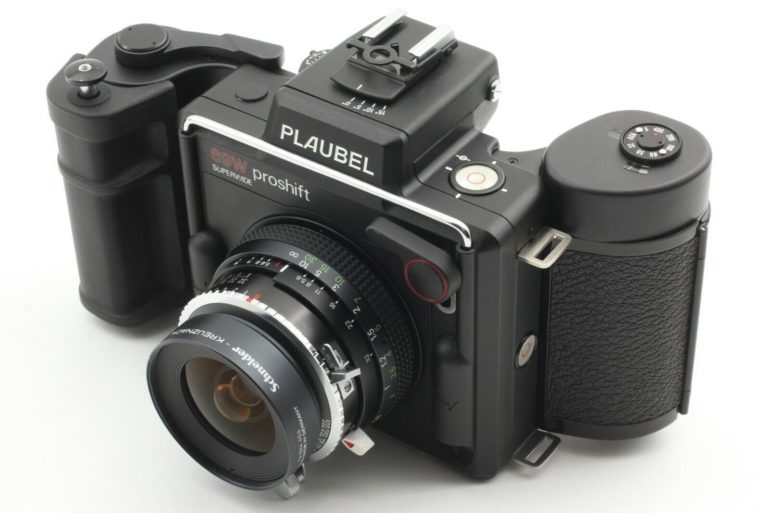
You’ve most likely heard about the Plaubel Makina 67, but not its 6×9 cousin, the Plaubel 69W ProShift. To be fair, there’s not a lot of noise out there about this camera compared to the Makina 67. It dates from December 1981, and is, as nicely put on a Photo.net thread, the marriage of a multi-coated Schneider 47mm f5.6 Super Angulon lens with a Mamiya Press 6×9 back. Its most noteworthy feature, according to Guide to Classic Cameras, is that it provides camera movements (shift of 13mm, optical axis of 15 degrees to the left; rise of 15mm, optical axis of 17.5 degrees) that make it a great choice for architectural photography. Features include Copal leaf shutter, top shutter speed of 1/500 sec, sport viewfinder and optical direct-viewfinder.
Buy now: eBay
Mamiya Super 23
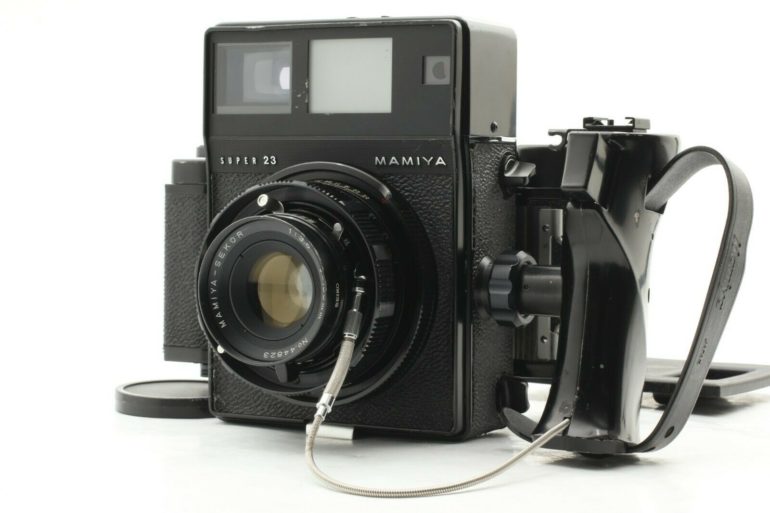
If you’re more into unique cameras and don’t mind a little bit of heft, press cameras like the Mamiya Super 23 could be worthy of your consideration. As the term suggests, these cameras were targeted at the professional press photography market. According to Wikipedia and Camera-Wiki, the original Mamiya Press was introduced in 1960 and had the M-type back attachment system, 90mm leaf shutter lens, and a bellows mechanism that allows tilting of up to 15 degrees and 31mm of extension. Its largest frame size is 6×9 but also allowed other formats. The Mamiya Press 23, introduced in 1967 as the fourth model in the series, had the most revisions, especially the redesigned body. It retained the bellows system but also had a much larger viewfinder that included selectable bright lines for 100mm (the standard lens), 150mm, and 250mm lenses. According to this Shutterbug classic camera review, the most notable roll film holder for this model is the “K” back, which allowed 6×4.5, 6×6, and 6×9 in a single unit.
Buy now: eBay
Zeiss Super-Ikonta C
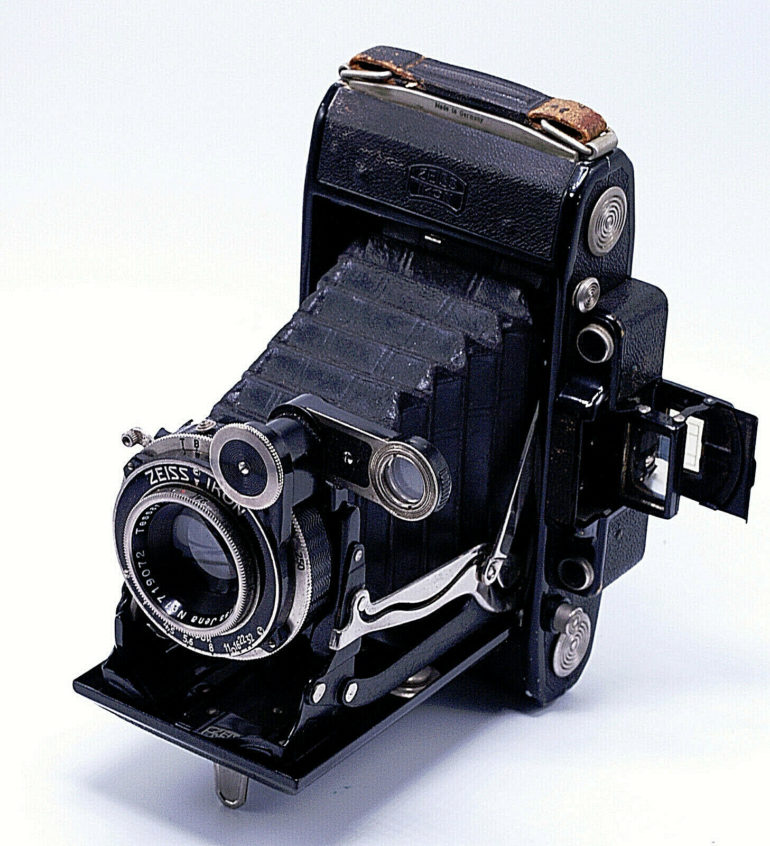
Another unique option you can look for is the Zeiss Super-Ikonta C, which was introduced in 1934 and made until the mid-1950s, making it one of the oldest options you can possibly have for shooting 6×9 format. This folding camera, as Camera Quest notes, will allow you to take advantage of shooting large negatives at a very small package — something that Ikonta cameras became known for. In fact, no other modern film camera can boast of this capability. The Zeiss Super-Ikonta C, however, came in many combinations of different shutters and lenses; the best lenses were the post-war coated 105mm f3.5 or 104mm f4.5 Tessar, while the best shutter is the post-war synced Compur.
Also, aside from the viewfinder, this camera includes a folding albada rangefinder which the simplified Ikonta models didn’t have. However, this folding rangefinder typically isn’t in best condition today. So some vintage camera dealers and experts like Classic Petrakla Cameras recommend either 1. replacing it with a clear optical finder from another Super-Ikonta C or a Mockba (a Soviet Super Ikonta clone); or 2. modifying the camera by mounting an accessory shoe and using a different finder, like a Leitz 50mm bright-line finder, which has a similar point of view and aspect ratio.
Buy now: eBay
Agfa Record III
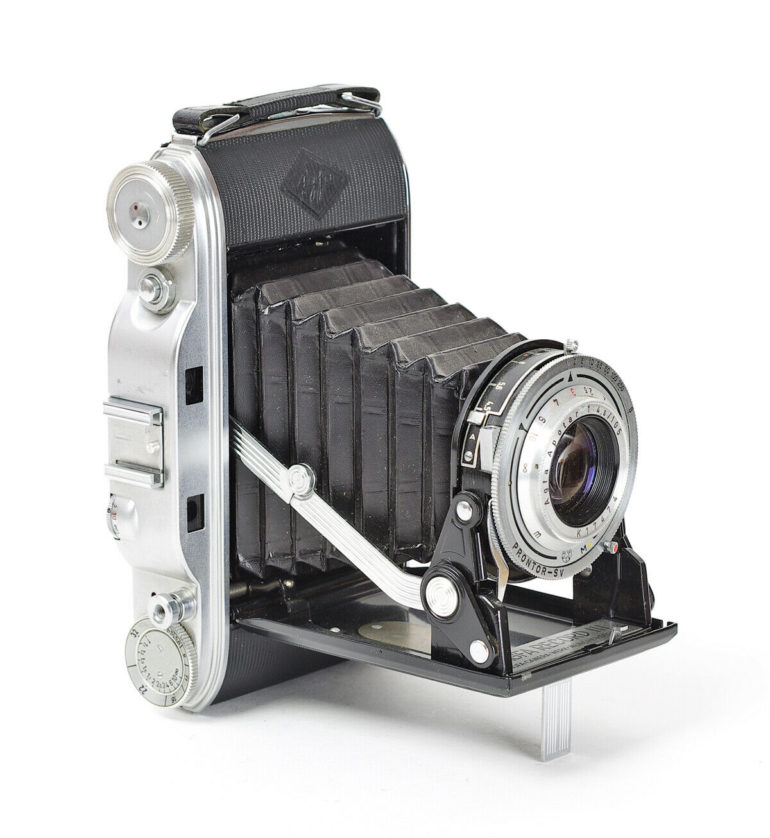
Last but not least is another classic 6×9 folding camera, the Agfa Record III, made between 1952 to 1955. It was pretty much identical with the Agfa Billy Record of the late 1930s, which the Record cameras succeeded. The main difference of the Record III is the uncoupled rangefinder, similar to the one equipped in the older Agfa Isolette. As with the Zeiss Super-Ikonta C, this gorgeous folder allows you to take advantage of large negatives in a very compact camera. While it typically came in several lens and shutter combinations, the top Agfa Record III model, according to Camera-Wiki, has a coated 105mm f4.5 Solinar lens and Synchro-Compur shutter with a top speed of 1/500 sec. According to Andrew Yue, this fully manual camera, however, must have the shutter manually tensioned before each shot, as the film winding mechanism is not connected to a cocking rack.
Buy now: eBay


